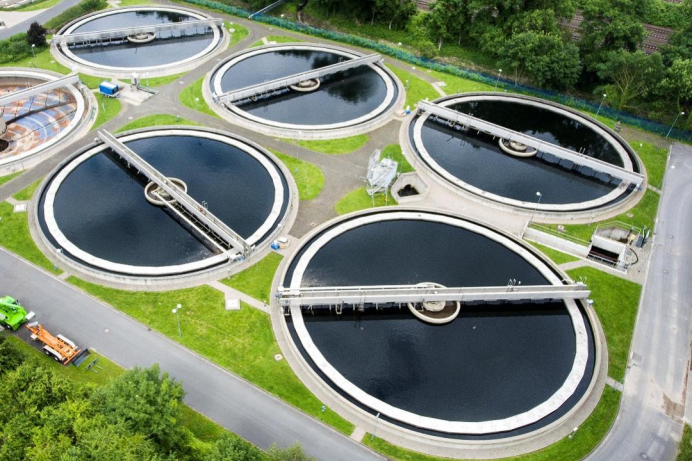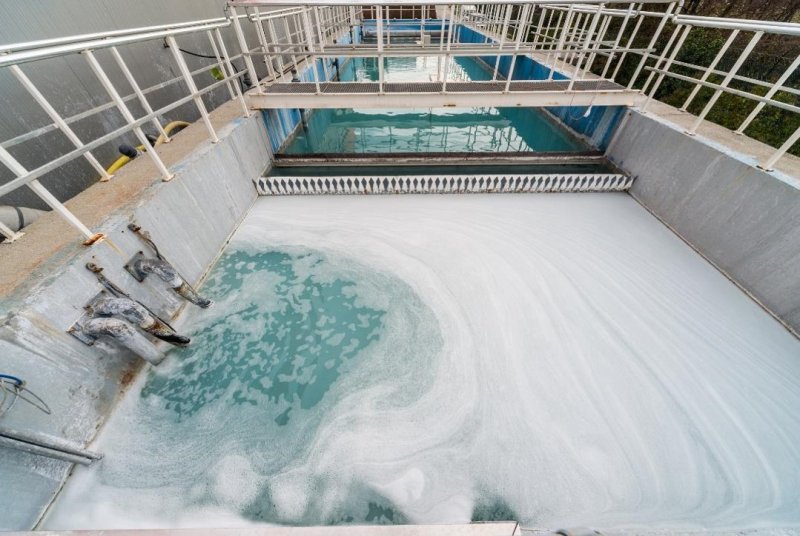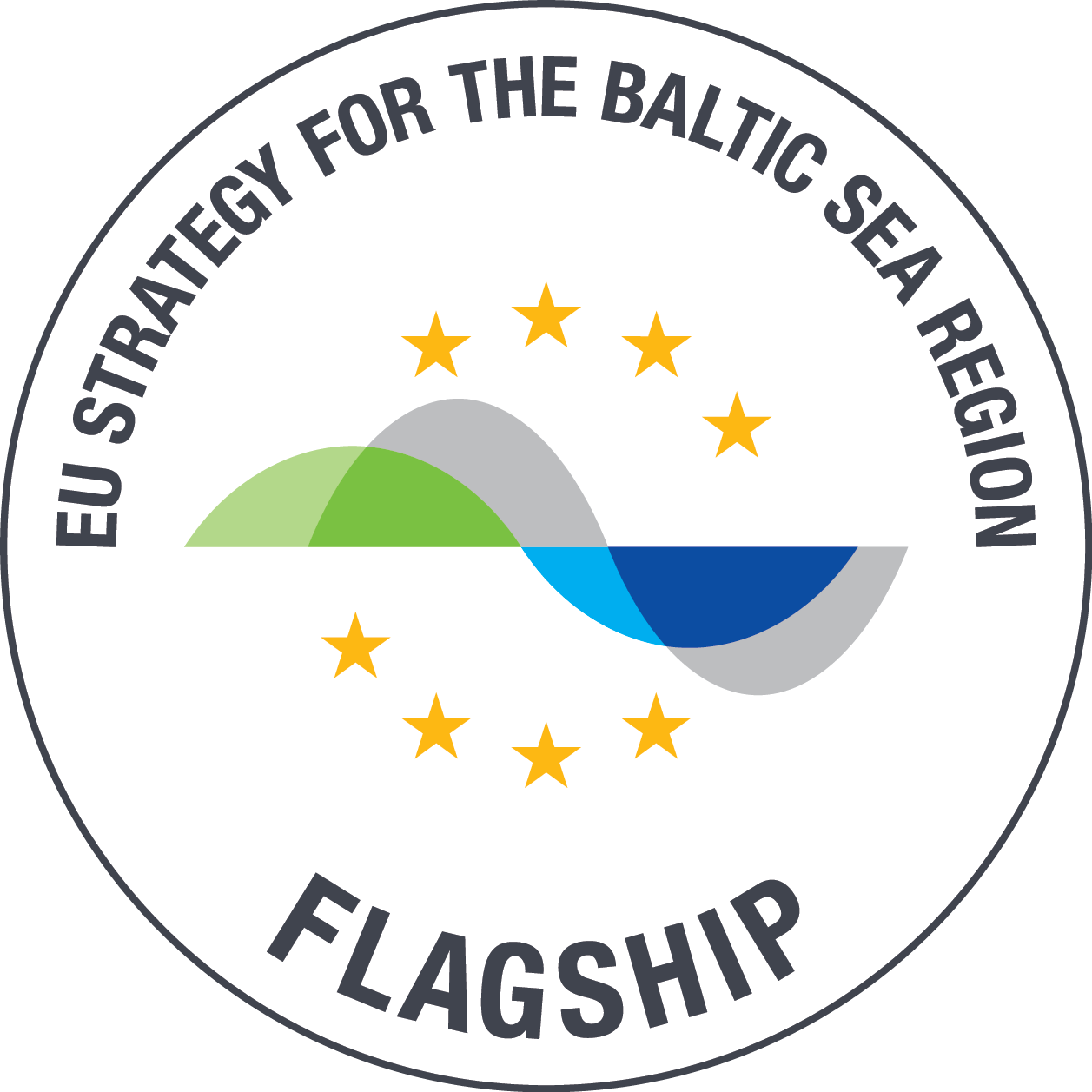The Flagship has implemented various actions to improve co-treatment of industrial and domestic sewage at municipal wastewater treatment plants in cooperation with project partners in Finland, Estonia, Latvia, Poland and Russia. The outcomes of the project help municipal wastewater treatment plants (WWTPs) to handle industrial wastewater as well as enhance collaboration and best practices between municipalities, industries and waterworks.
Municipal wastewater treatment plants are often prone to disruptions
During recent years, the treatment efficiency of municipal wastewater treatment plants has been improved significantly in countries bordering the Baltic Sea. However, as municipal wastewater treatment plants are primarily designed to treat domestic wastewater their treatment processes can easily be disrupted if plants have to cope with industrial wastewater of abnormal quality of quantity, especially if it contains harmful or toxic substances. Such disturbances can lead to release of untreated wastewater to the recipient water bodies and deteriorate the quality of residual sludge.
Deficiencies in monitoring and regulating discharges
One of the most alarming results of the project was that in some cases environmental permitting of industrial companies is deficient and not regulating discharged effluents in accordance with relevant EU directives leaving municipal wastewater treatment plants powerless in the situation and without support from environmental authorities. Indirect wastewater discharges are often completely missing in the integrated permitting system for industries in many Baltic Sea Region countries thrusting the responsibility for wastewater treatment efficiency on water utilities that have contracts with their client industries. Furthermore, often the priority and hazardous substances are not listed in integrated environmental permits nor in industrial wastewater contracts, and therefore, the industries or environmental authority are not obligated to monitor these substances.
Photo by BEST project
Awareness raising among environmental authorities, water utilities and industrial organisations
Inadequate environmental permits prevent issuing of sufficient requirements for industries to pre-treat and monitor the discharged sewage. Uncontrolled industrial effluents impair and weaken the treatment and functioning of WWTPs and ultimately lead to nutrient and hazardous substance emissions to local watercourses and the Baltic Sea. The control and monitoring of priority and hazardous substances in industrial wastewater must be improved on all levels, meaning that environmental authorities, water utilities and industrial organisations should be aware of potential discharges and their impact on municipal systems. The new guidelines and the policy brief compiled within project BEST highlight action points to be taken by both environmental authorities, industries and wastewater treatment plants to improve the situation.
In the project, not only the industrial sectors that cause hazardous effluents, but also food production including beverage, meat and dairy industries were assessed to cause specific concern for sewage management at municipal WWTPs. Although mainly non-toxic and biodegradable, effluents from food processing facilities may disrupt and block municipal WWTP processes if large amounts of materials, such as dairy products, are suddenly released into sewage systems without prior notice.
Regular and jointly agreed cooperation and communication help minimize damages
Agreeing on cooperation practices among the wastewater, industry and environmental authority was found in the project as one of the most important measures to minimize the damages caused by unexpected situations. Regular and jointly agreed cooperation and communication helps the wastewater treatment plant to prepare for accidental sewage discharges from industries. Training of staff, site visits and biannual meetings at both the municipal wastewater treatment plant and in the industry enable mutual understanding of each other’s processes and adequate actions in differing situations. To support increasing cooperation and capacity development in everyday work for all parties, training materials and examples of best practices were collected in an easily understandable format within the project.
If you want to know more about the BEST project, please visit www.bestbalticproject.eu
BEST was co-financed with support from the Interreg Baltic Sea Region Programme 2014–2020 (European Regional Development Fund ERDF and the European Neighbourhood Instrument ENI and with financial support from the Russian Federation). The project was led by the City of Helsinki, Finland, and implemented with other Finnish partners as well as partners from Estonia, Latvia, Poland and Russia. It contributes to the EUSBSR ‘Save the Sea’ objective by reducing the load of nutrients and hazardous substances to the Baltic Sea.







